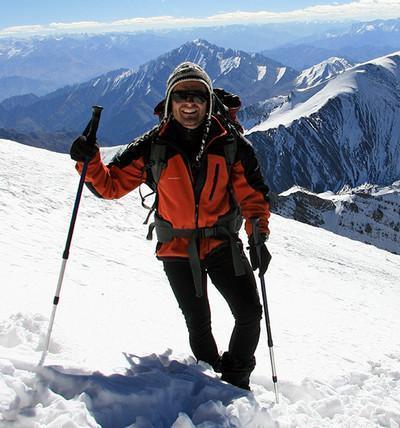There are many different techniques to stop and turn while snowboarding. Regardless of what terrain you're riding on, the key to stopping and turning is to remain balanced and maintain a steady posture. It's also important to keep your head up and knees slightly bent. Then, when the time comes to turn, place more pressure on the front leg to initiate the turn and the back leg to complete the turn.
Uphill Stopping Technique
An uphill stopping technique is a crucial skill when snowboarding. It allows you to slow down your ride and avoid a potential fall. While standing on a slope, you should rotate your body towards the nose of your snowboard and lift your heels off the ground. While you do this, make sure to keep your eyes and ears open for anything that may be below. Then, apply pressure with your heels to hold the board still.
In order to master this technique, snowboarders should practice pushing their toe-side edge into the snow. They should also lift their heels and stay bent low. When doing this technique, it is important to remember that snowboarders should push their toes down and not stand on top of them. If this method is used incorrectly, beginner snowboarders often fall forward.
In addition to this, snowboarders should also know how to release the edge while on the slope. The board will slide faster when the snowboarder releases pressure from its edge.
Leaning Back on Your Rear Foot
Leaning back on your rear foot is an effective snowboarding technique that allows you to stop and turn in a controlled manner. In order to do so, you must first lift your toes on the front foot and lower them down on the back foot. This will cause your heels to touch the ground, but will prevent you from falling off the board.
Snowboarding is a very demanding sport, and requires stamina, core strength, and strong legs to succeed. To prevent injuries, you must maintain a balanced stance and use your edges to turn and stop. There are two basic snowboarding techniques: lead foot and back foot. Your lead foot may not be the same as your rear foot, so a simple method to figure out which one is leading is to have a friend push from behind you. The lead foot is the foot that steps out first.
Once you have a good sense of how your snowboard wants to move, you should start practicing by sliding. You should always have a free foot behind your snowboard. Once you're comfortable with this position, push forward with your back foot. You should feel the board start to twist when you push with your free foot.
Leaning Back on Your Heels
Leaning back on your heels to stop or turn the board is a classic slide stop. It helps you control your speed by allowing your weight to shift to your back foot while snowboarding. It can prevent you from flying head over heels, which is a common mistake in snowboarding. This technique can also prevent you from falling into a foam pit when you fall in powder.
When you lean back on your heels to stop or turn, you should be facing the end of the turn, not the starting point. The skier should not lean forward in order to counter skid, because this will cause the skier to lose control of his or her body.
In addition, snowboarders should maintain balance while turning. If they aren't, they will immediately slide down the slope. Instead of flexing their feet and leaning back on their heels, snowboarders should try pressing their heels into the back of the board and lift their toes off the ground. This will slow them down and prevent them from sliding off the hill.
Leaning Back on Your Heels While Doing a Turn
Leaning back on your heels while doing turns is an important snowboarding technique. It allows you to transfer your weight off of your toes and keep your body still. Ideally, your snowboard should be flat and facing downhill, and your heels should be slightly bent as you lean back. During your turn, you should lean back on your heels to turn to your left or right, and hold the edge of your front foot.
Performing a heel-side turn is a more difficult skill than doing a toeside turn. It requires you to flex your ankles and hips more, which will require more muscle control. If you are looking for a more challenging snowboarding technique, the Ninja Academy Snowboarding school in Livigno, Italy, offers private lessons, group camps, and progressive private lessons.
To perform this move, you should focus on the direction you are doing the turn and align your body with your gaze. This alignment of your shoulders, neck, and hips will help you finish your turn smoothly. This technique will also help you steer into your next turn.





